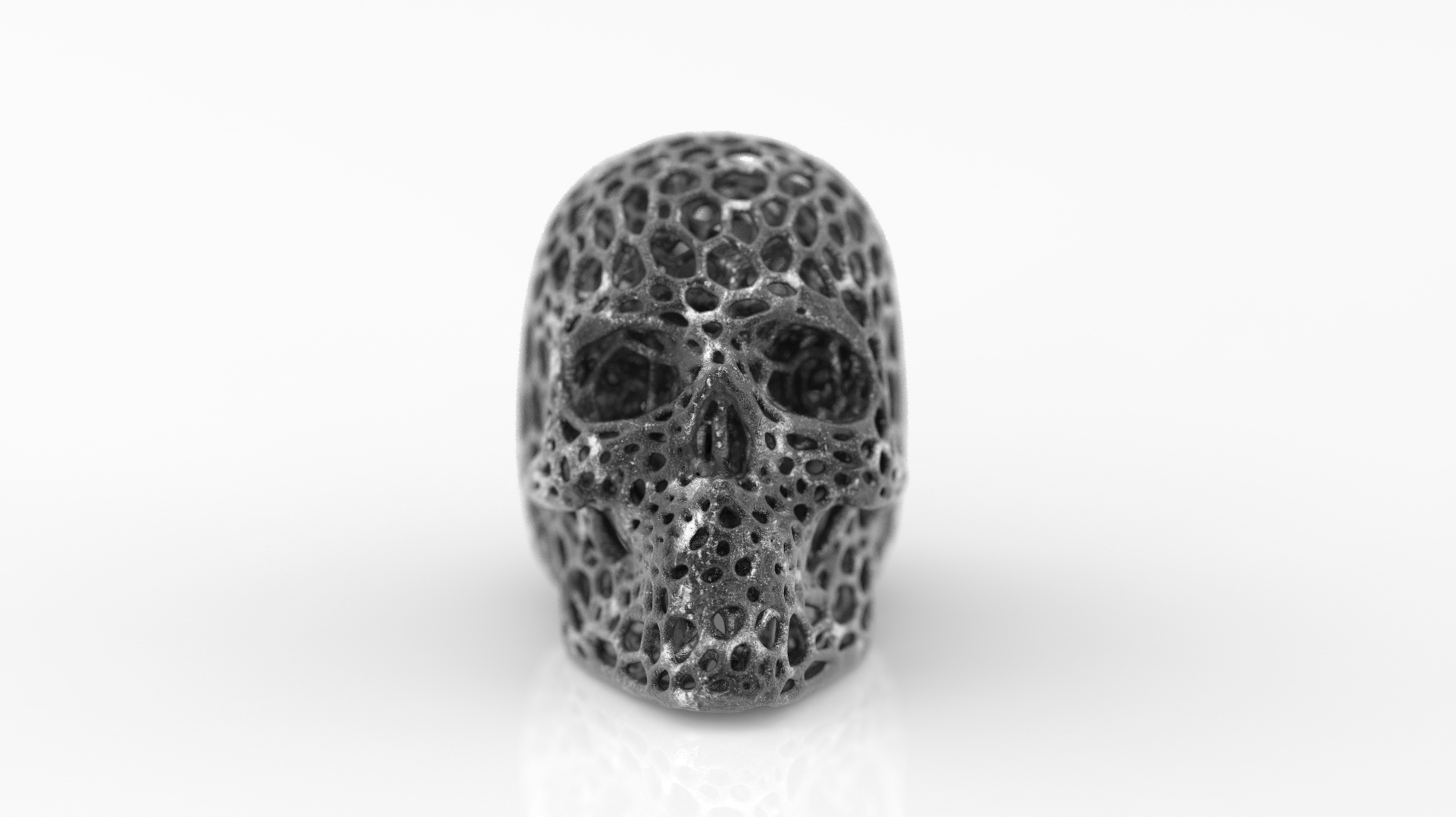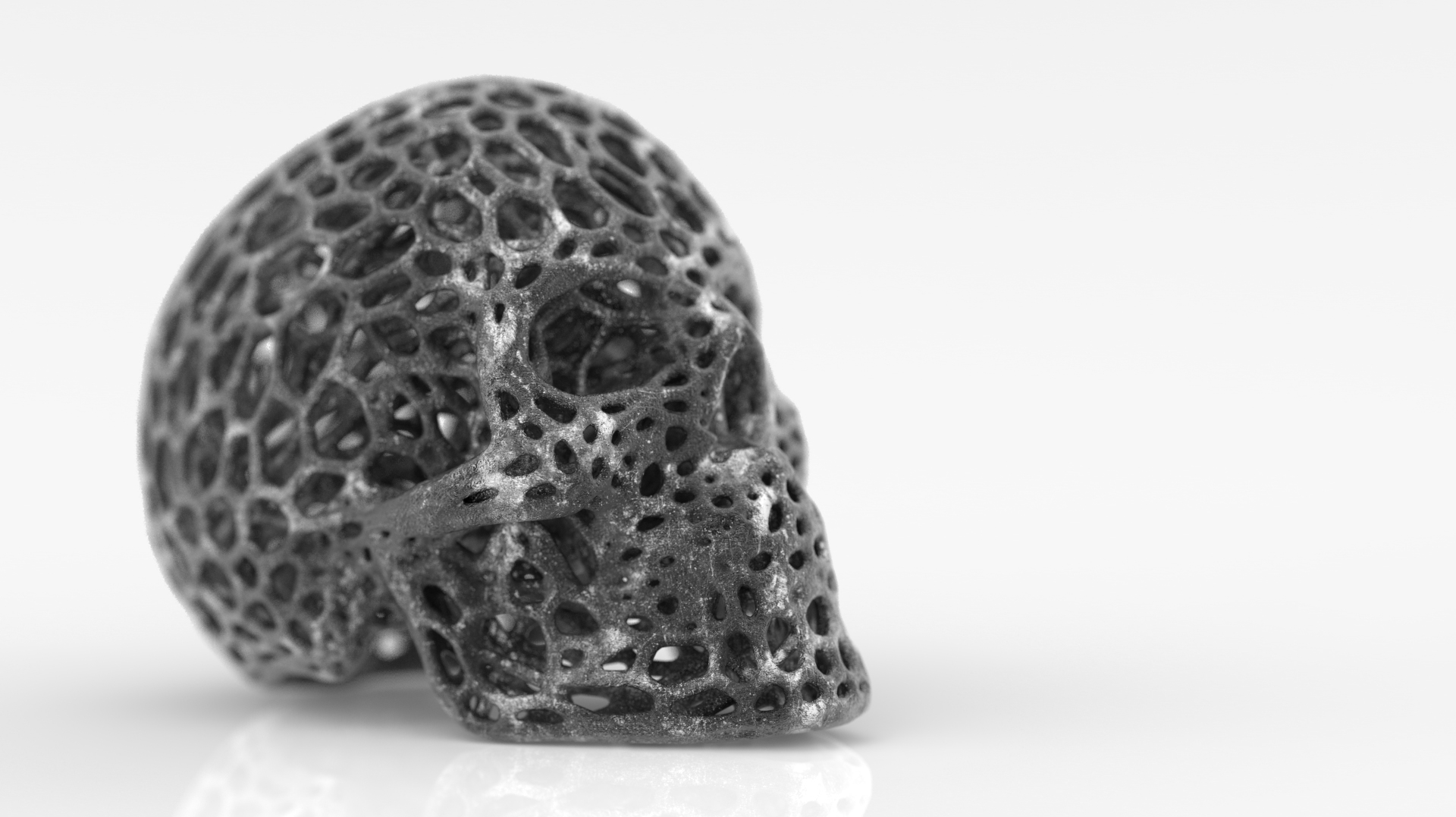E-Ash Vanitas
Contemporary art has reflected this preoccupation with discarded materials.Junk art is not only for the avant-garde and the ecologically conscious. Some artists use waste materials because there is nothing else, no alternative material.This idea was the premise for the creation of E-Ash Vanitas; the idea that all was left is e-waste ashes.
The 3d printed sculpture is made/covered with the ashes from the (recycled) 3d printer it was made with.
The sculpture ashes might contain (non-exhaustive list): Elements found in trace amounts include americium, antimony, arsenic, barium, bismuth, boron, cobalt, europium, gallium, germanium, gold, indium, lithium, manganese, nickel, niobium, palladium, platinum, rhodium, ruthenium, selenium, silver, tantalum, terbium, thorium, titanium, vanadium, and yttrium.
A good reference example is German artist Josef Beuys who simply exhibited dustbin contents, without sifting or comment, in glass cases. Other artists make works out of putrefying trash that, in time, literally self-destruct. The art is as transient as the materials from which it is made.



